Rising Healthcare Costs
The escalating costs associated with healthcare services in the US are driving the medical billing-outsourcing market. As healthcare providers face increasing operational expenses, outsourcing billing processes appears to be a viable solution to enhance efficiency and reduce costs. In 2025, healthcare spending in the US is projected to reach approximately $4.3 trillion, which represents a significant burden on providers. By outsourcing billing functions, healthcare organizations can potentially save up to 30% on administrative costs, allowing them to allocate resources more effectively. This trend indicates a growing reliance on outsourcing as a strategic approach to manage financial pressures, thereby propelling the medical billing-outsourcing market.
Increased Regulatory Scrutiny
The heightened regulatory scrutiny in the healthcare sector is a significant driver for the medical billing-outsourcing market. Compliance with complex regulations, such as HIPAA and the Affordable Care Act, necessitates specialized knowledge and resources. As healthcare organizations strive to meet these regulatory requirements, outsourcing billing functions can provide access to expertise that ensures compliance and mitigates risks. In 2025, it is anticipated that compliance-related costs will account for approximately 15% of total healthcare expenditures. This growing need for regulatory adherence is likely to drive healthcare providers towards outsourcing, thereby benefiting the medical billing-outsourcing market.
Shift Towards Value-Based Care
The transition from fee-for-service to value-based care models is reshaping the landscape of the medical billing-outsourcing market. This shift emphasizes quality of care and patient outcomes over the volume of services provided. As healthcare providers adapt to these new reimbursement models, they require sophisticated billing solutions that can accurately reflect the value of care delivered. In 2025, it is projected that value-based care will account for over 50% of all healthcare payments in the US. This transformation necessitates the expertise of specialized billing companies, thereby driving demand for outsourcing services in the medical billing-outsourcing market.
Focus on Revenue Cycle Management
The emphasis on optimizing revenue cycle management (RCM) is a crucial driver for the medical billing-outsourcing market. Healthcare providers are increasingly recognizing the importance of efficient billing processes to ensure timely reimbursements and minimize revenue leakage. In 2025, it is estimated that the RCM market will grow at a CAGR of 12%, highlighting the demand for specialized services. Outsourcing billing functions allows providers to leverage the expertise of third-party vendors who can streamline processes, reduce claim denials, and enhance cash flow. This focus on RCM optimization is likely to bolster the medical billing-outsourcing market as organizations seek to improve their financial performance.
Technological Advancements in Billing Solutions
The rapid advancement of technology in billing solutions is significantly influencing the medical billing-outsourcing market. Innovations such as artificial intelligence (AI) and machine learning are being integrated into billing processes, enhancing accuracy and efficiency. In 2025, the market for AI in healthcare is projected to reach $36 billion, indicating a strong trend towards automation in billing. These technologies can help reduce human errors, expedite claim processing, and improve overall service delivery. As healthcare providers increasingly adopt these advanced solutions, the demand for outsourcing billing functions is likely to rise, further propelling the medical billing-outsourcing market.


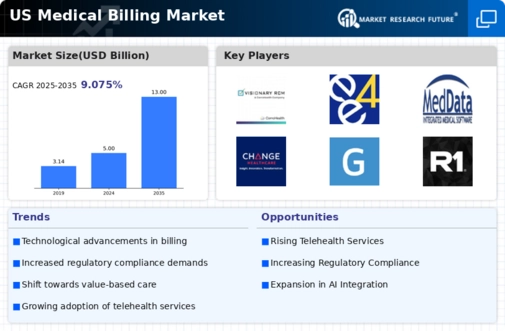
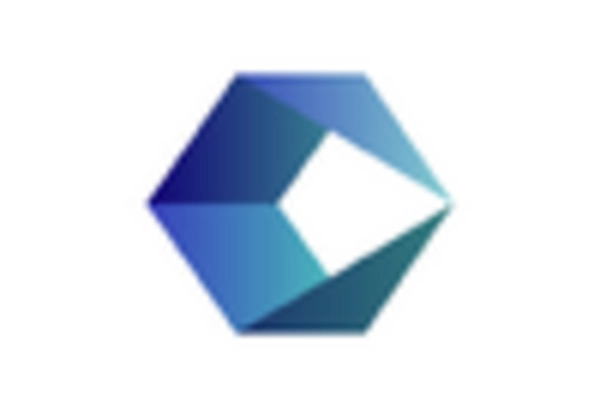
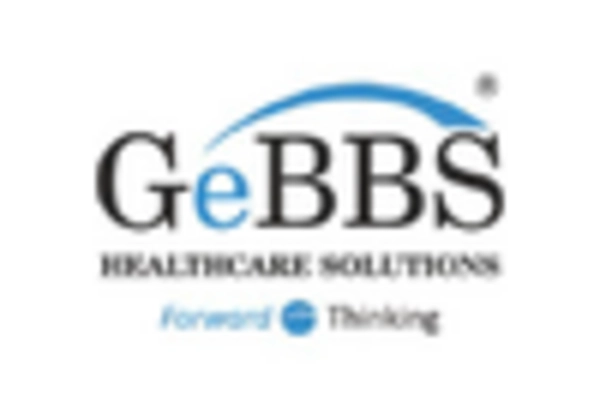
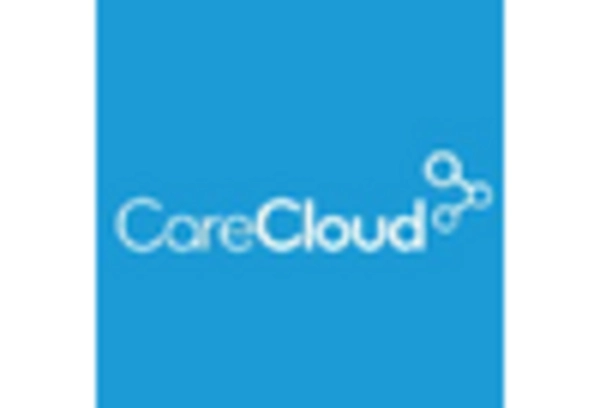
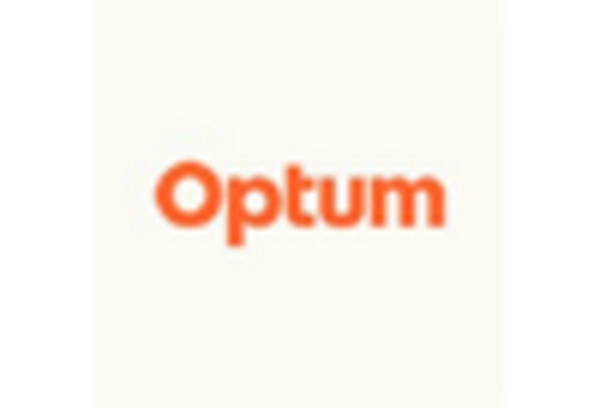
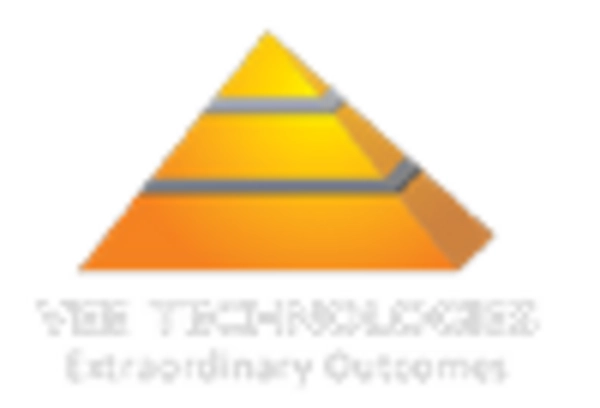
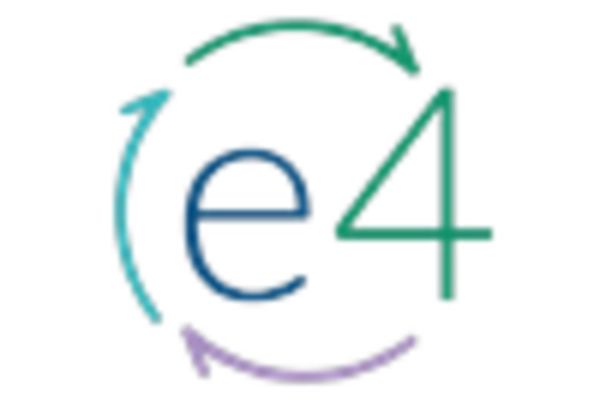








Leave a Comment